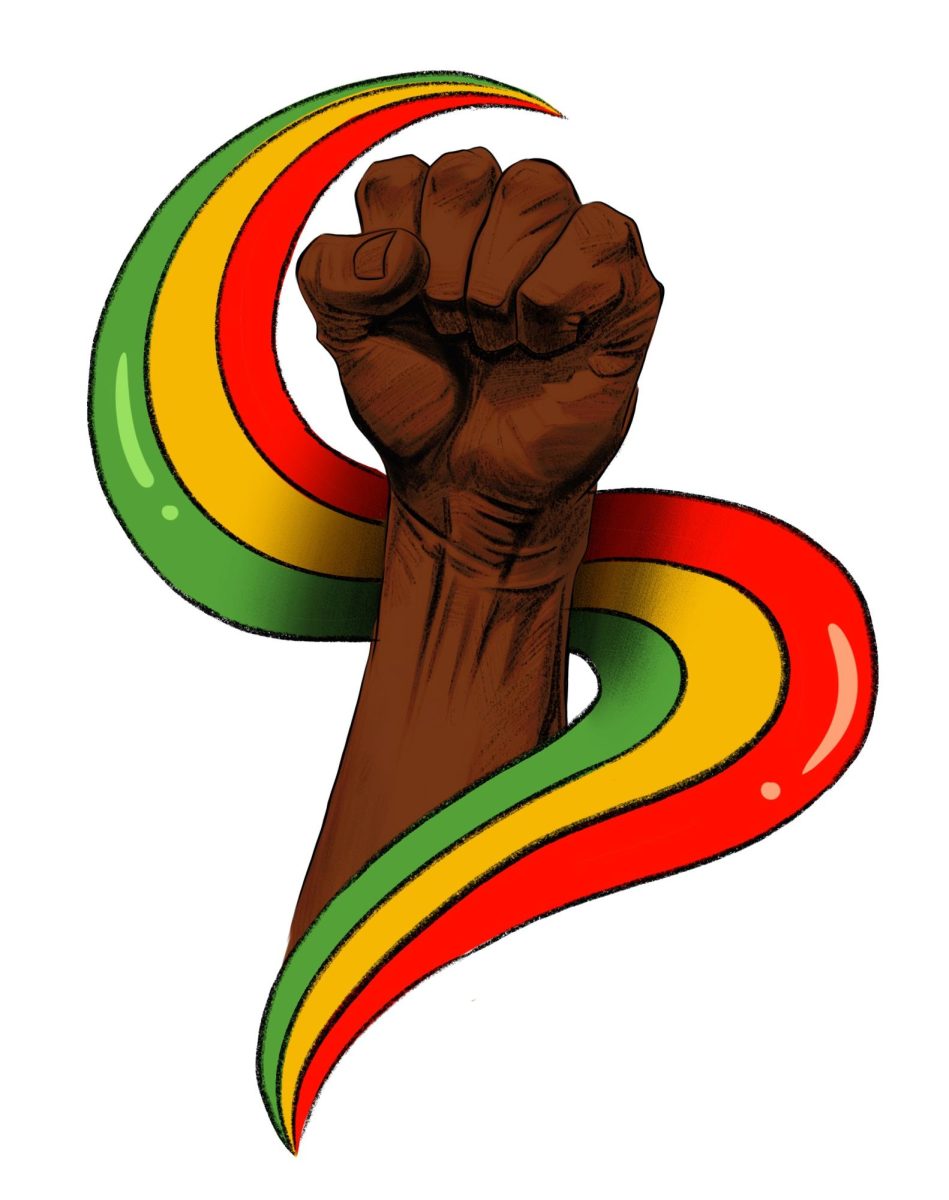It’s nothing new that students have a wide array of interests outside of class. From physical activity to recreational games, ETHS offers an impressive list of extracurricular opportunities for all students to participate in. Except, not everyone has been able to truly take part in all the extracurriculars that interest them. While the school does its part in helping to overcome financial obstacles that would impede anyone’s access to a club or sport, the lack of access to extracurriculars actually stems from the divide between clubs and sports.
With the extensive amount of clubs and sports offered at any time during the school year, there is significant overlap in schedules and meetings. There are only five days for most clubs to meet, six for some sports and maybe a few clubs; clubs and sports can meet before school, after school, and sometimes during lunch. This leaves maybe around 15 different segments of time over the week to allot to the expansive amounts of clubs and sports through a basic, fundamental overview.
However, almost every sport offered at ETHS meets multiple times a week, usually five or six, since consistency is key for any successful athlete. Because of this, large-scale inaccessibility comes from the fact that, for many athletes, their sport takes precedence over any club meeting at the same time as practice; otherwise, participation in the club will come at the expense of performance in their sport. This is especially brutal for sports where athleticism and physical condition are paramount, such as track/XC, which is the sport I participate in.
Both track and cross country usually gather every day after school, as well as Saturday mornings for practices and meets. Since most of the clubs I take an interest in meet after school, I’m not able to participate in all of the extracurricular activities that I would have enjoyed being in, and this is a similar issue for many others.
On the bright side, however, I can say that I have already begun to see changes implemented within the school’s extracurriculars to allow more flexibility in students’ schedules. From changing some practices to early morning for the cross country team to moving more of the club’s material online for students to see in the math team, I’ve seen steps in the right direction cultivated by ETHS’ core principle of equity and accessibility, and we should make sure to highlight these implementations and propel our community to greater action to address the issue of extracurricular inaccessibility.
Different systems and actions that can be implemented could include greater use of online resources for clubs that can work more remotely, collaboration between coaches and athletes to potentially implement multiple practice options a day, allowing hot lunches to be brought outside of cafeterias so that more students can participate in clubs that take place during lunch and many other creative solutions. But it all starts in the community. Workarounds will not be easy to come up with, nor implement, but with the creativity that this school houses, and with some effort, there should be no reason that any student can’t participate in any extracurricular that they choose.





